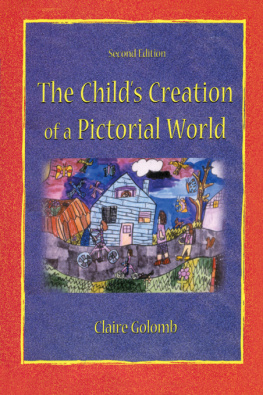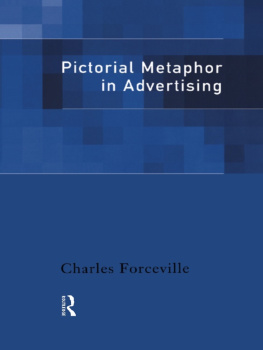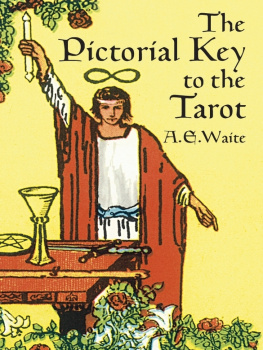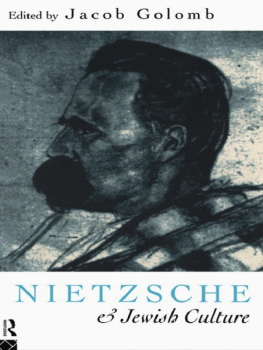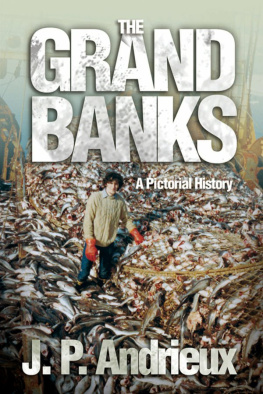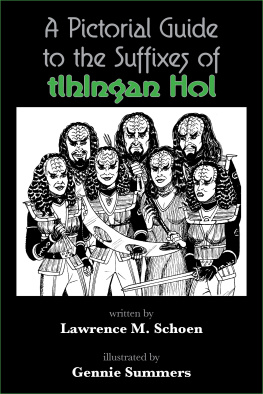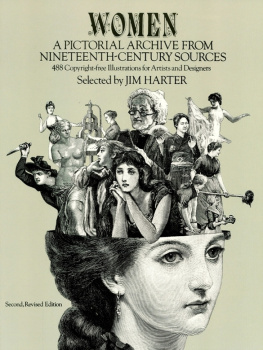Golomb - The Childs Creation of A Pictorial World
Here you can read online Golomb - The Childs Creation of A Pictorial World full text of the book (entire story) in english for free. Download pdf and epub, get meaning, cover and reviews about this ebook. City: London;New York, year: 2012, publisher: Taylor & Francis (CAM);Psychology Press, genre: Children. Description of the work, (preface) as well as reviews are available. Best literature library LitArk.com created for fans of good reading and offers a wide selection of genres:
Romance novel
Science fiction
Adventure
Detective
Science
History
Home and family
Prose
Art
Politics
Computer
Non-fiction
Religion
Business
Children
Humor
Choose a favorite category and find really read worthwhile books. Enjoy immersion in the world of imagination, feel the emotions of the characters or learn something new for yourself, make an fascinating discovery.
The Childs Creation of A Pictorial World: summary, description and annotation
We offer to read an annotation, description, summary or preface (depends on what the author of the book "The Childs Creation of A Pictorial World" wrote himself). If you haven't found the necessary information about the book — write in the comments, we will try to find it.
Golomb: author's other books
Who wrote The Childs Creation of A Pictorial World? Find out the surname, the name of the author of the book and a list of all author's works by series.
The Childs Creation of A Pictorial World — read online for free the complete book (whole text) full work
Below is the text of the book, divided by pages. System saving the place of the last page read, allows you to conveniently read the book "The Childs Creation of A Pictorial World" online for free, without having to search again every time where you left off. Put a bookmark, and you can go to the page where you finished reading at any time.
Font size:
Interval:
Bookmark:

The Childs Creation of a Pictorial World
The Childs Creation of a Pictorial World
SECOND EDITION
Claire Golomb
The University of Massachusetts at Boston

Editor:
Editorial Assistant:
Cover Design:
Textbook Production Manager:
Full-Service & Composition:
Bill Webber
Kristin Duch
Kathryn Houghtaling Lacey
Paul Smolenski
UG / GGS Information Services, Inc.
This book was typeset in 10/13 pt. Aster.
The heads were typeset in Aster.
ISBN 978-0-8058-4372-9
Copyright 2004 by Lawrence Erlbaum Associates, Inc.
All rights reserved. No part of this book may be reproduced in any form, by photostat, microfilm, retrieval system, or any other means, without prior written permission of the publisher.
First pubished by
Lawrence Erlbaum Associates, Inc., Publishers
10 Industrial Avenue
Mahwah, New Jersey 07430
This edition published 2012 by Psychology Press
Psychology
Taylor & Francis Group
711 Third Avenue
New York, NY 10017
Psychology
Taylor & Francis Group
27 Church Road, Hove
East Sussex BN3 2FA
Library of Congress Cataloging-in-Publication Data
TK
In memory of our father Chaskel Schimmel,
18991943, who perished in the Holocaust
FOR DAN
Contents
Foreword to the Second Edition
A decade has passed since the publication of the first edition of The Childs Creation of a Pictorial World, and it seemed time to reassess the status of child art and review studies that were published in the intervening years.
The outcome of this review has been to expand the earlier version and to incorporate new findings in the current book. The basic philosophy that underpins the first edition continues to serve as a productive framework for an assessment of the available literature. In addition to updating references in all the chapters, I decided to expand those in which significant new findings have become available. In provides a more comprehensive review of the impact of cultural variables on drawings, and includes an extensive discussion of the art of preliterate children and of the role played by tradition and teaching practices on the evolution of child art.
Claire Golomb
The University of Massachusetts at Boston
Acknowledgments
The Childs Creation of a Pictorial World summarizes a large body of research conducted over many years at the University of Massachusetts at Boston. This work represents a collaborative effort with many students whose active participation in my representational development course sparked our joint interest and led to thesis and independent study research projects. I would like to express my deep appreciation for their keen interest, lively discussion, enthusiasm, and hard work! Special thanks go to my research associates who devoted much thought, ingenuity, and effort to our enterprise, and whose commitment was essential to the execution of our projects: Jill Dennehey, Gordon Dunnington, Debbie Farmer, Frank Gallo, Anath Golomb, Judy Helmund, Maureen McCormick, Jill Schmeling, Kate Sullivan, Patty White, and Linda Whittaker.
I am also grateful to the directors and staff of the child care centers, schools, and institutions, and to the parents of the children who gave us permission to engage their youngsters in our studies. Above all, I want to thank the children for the tolerance they showed for our often dumb questions, and for teaching us so much about their drawings.
My intellectual debt to Rudolf Arnheim is clearly evident in all the chapters of this book, but I am especially grateful for his willingness to read and comment extensively on all the early and late versions of the chapters. His generosity to give so readily of his time and energy provided me with a much-needed dialogical framework. It was wonderful to find a receptive ear that does not tolerate conceptual ambiguity or fuzziness.
My warm thanks go to my friend Marianne Simmel, who read all the chapters and whose editorial comments were much appreciated; and to my daughter Anath Golomb, who critically reviewed the whole manuscript and helped to sharpen my vision and pen. Her clinical knowledge and insight were of special help on the chapter Art, Personality, and Diagnostics, to which she made major contributions. In the field of clinical psychology, I am especially indebted to my mentor and friend, the late Shlomo Kulcsar, who inspired my interest in the art of the mentally ill. I also want to express my sincere appreciation to friends and colleagues who read chapters that are especially relevant to their own work and who were willing to share with me their insights: Dennis Byrnes, Norman Freeman, Malka Haas, John Matthews, Patricia Shilo, Pat Tarr, John Willats, and Ellen Winner. I was very fortunate to have access to several important collections of childrens drawings. I want to express my deeply felt appreciaton to Malka Haas, the Shiloh family, and Amnon and Tamar Kessel for their permission to reproduce the drawings. Permission to reproduce selected drawings from the collection of the State Jewish Museum in Prague, which also provided the photographs, and Yad Vashem, the Holocaust Martyrs and Heroes Remembrance Authority Museum in Jerusalem, is gratefully acknowledged. I also wish to express my appreciation for the permission to reproduce drawings from Rudolf Arnheim, Art and Visual Perception (The University of California Press), Sylvia Fein, Heidis Horse (Exelrod Press), Claire Golomb, Young Childrens Sculpture and Drawing (Harvard University Press), Rhoda Kellogg, Analyzing Childrens Art (National Press Books and Mayfield Publishing Company), Lorna Selfe, Nadia: A Case of Extraordinary Drawing Ability in an Autistic Child (Academic Press), and Wang Shiqiang, Yani. The Brush of Innocence (Hudson Hill Press). I also wish to thank John Willats, Susanna Millar, Dale Harris, Ingrid and Sven Andersson, and Max Klaeger for permission to reproduce illustrations from their published works.
My research was supported by several faculty development grants from the University of Massachusetts at Boston, and benefited from the technical assistance provided by the Department of Psychology. Thanks to Michael Pollard for his skillful handling of the reproduction of some of the illustrations, and thanks to the production team for the excellent collaboration and the effective handling of the many illustrations to the text. Above all, I am especially grateful to my editor, Bill Webber, for his generous support of this book and for the expert assistance he has provided for its publication.
Claire Golomb
The University of Massachusetts at Boston
Introduction
For over a hundred years, the drawings of children have enchanted a rather diverse audience of psychologists, educators, art historians, and artists. It is not surprising that over this period of time child art has been examined from a number of different perspectives and significant shifts have occurred in the views of students of child art.
Over the years, two major orientations have come to dominate this field of inquiry. The first one can best be described as the cognitive deficit view of child art. Childrens drawings are seen as revealing the childs immature conceptions of the world, as graphic statements that provide the investigator with a kind of cognitive map or printout of the childs mental life. The second position emphasizes the projective significance of drawings, which are said to mirror the childs emotional concerns. Within a broadly conceived psychodynamic perspective, the drawings are viewed as reflections of the childs feelings.
Next pageFont size:
Interval:
Bookmark:
Similar books «The Childs Creation of A Pictorial World»
Look at similar books to The Childs Creation of A Pictorial World. We have selected literature similar in name and meaning in the hope of providing readers with more options to find new, interesting, not yet read works.
Discussion, reviews of the book The Childs Creation of A Pictorial World and just readers' own opinions. Leave your comments, write what you think about the work, its meaning or the main characters. Specify what exactly you liked and what you didn't like, and why you think so.

